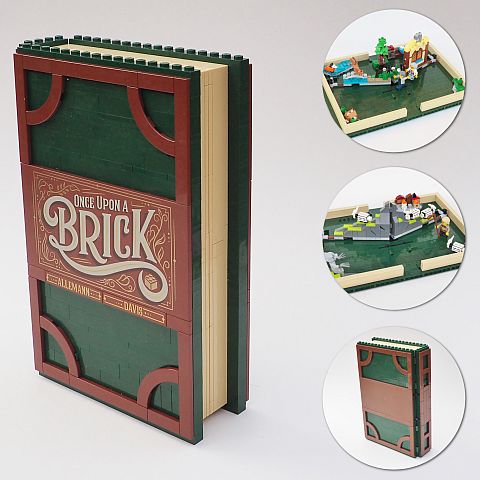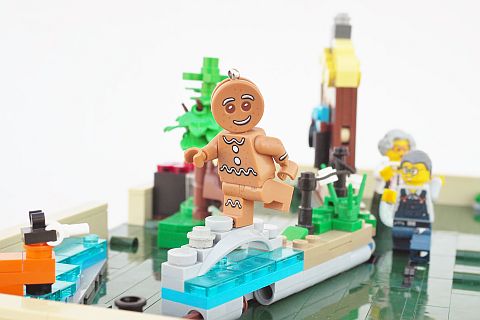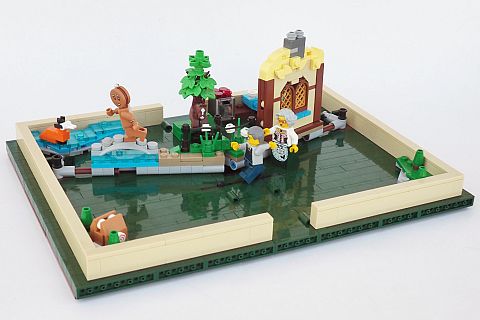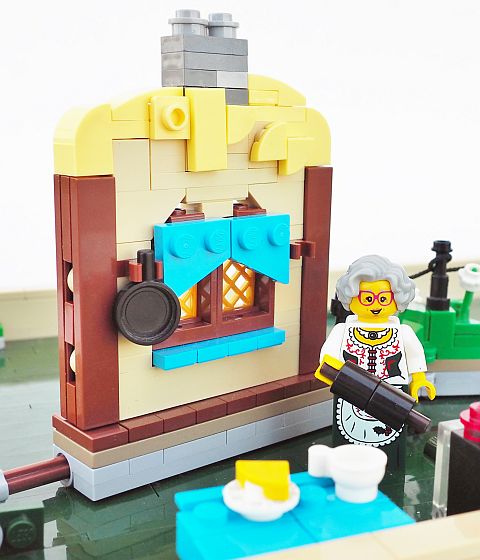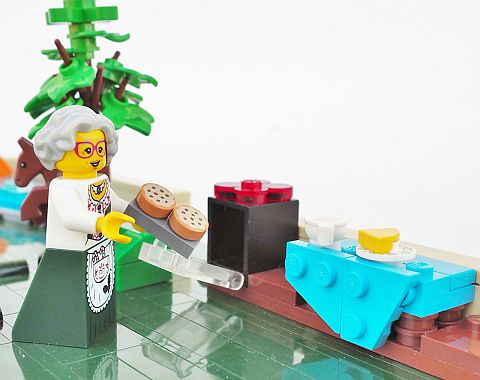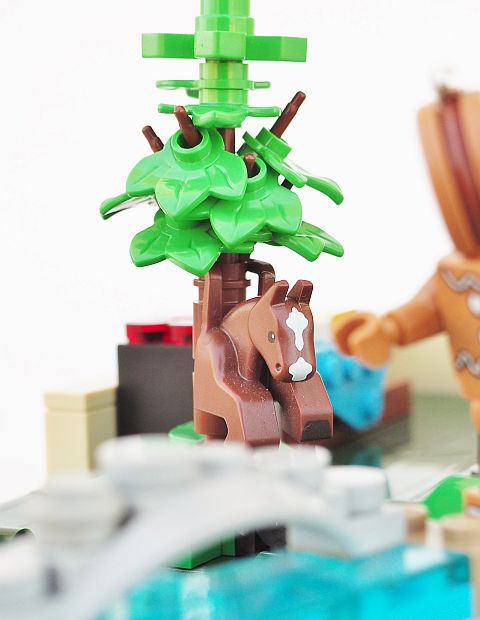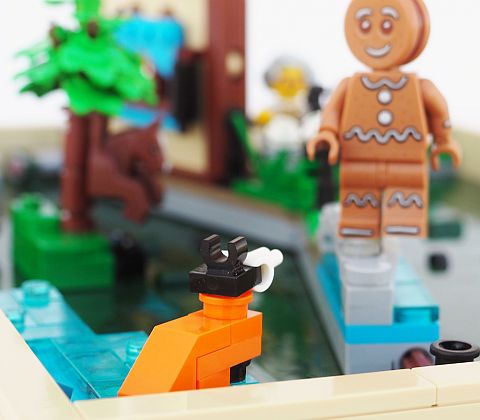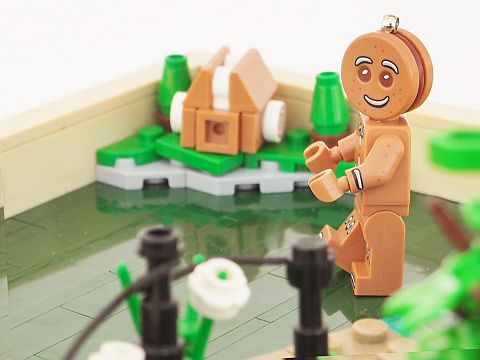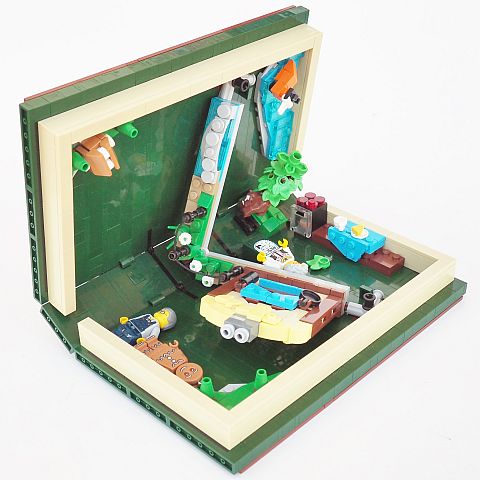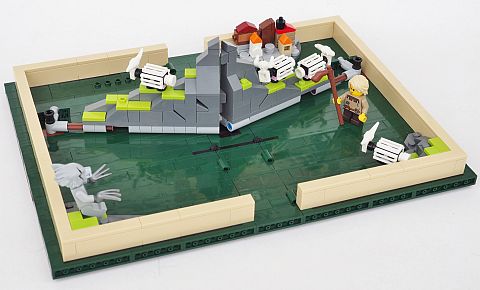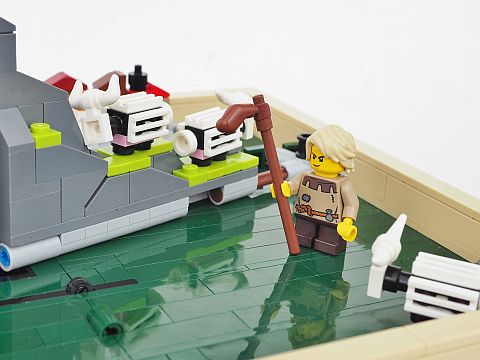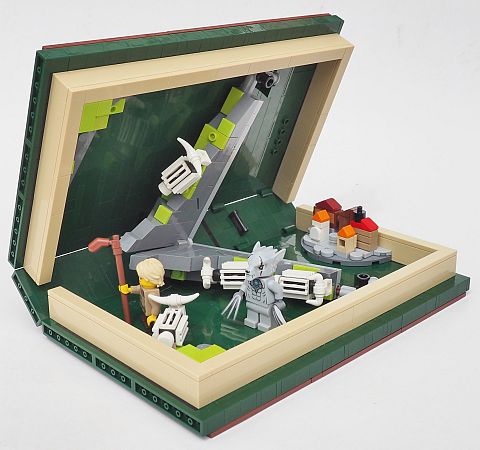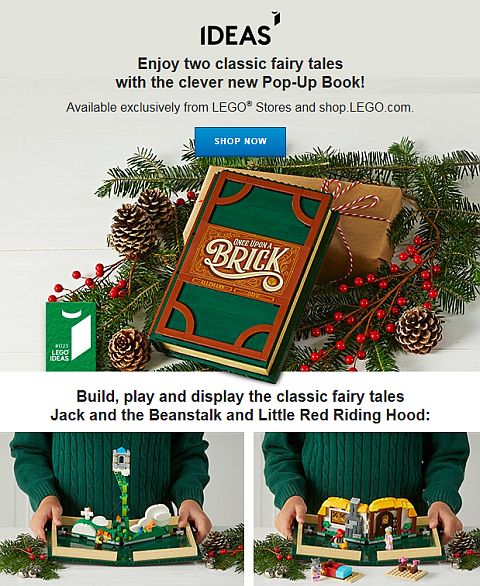(Written by James H.)
Making your own creations is one of the best parts of LEGO play. While we see many custom LEGO creations with LEGO System and LEGO Technic pieces, they are not the only LEGO building elements. For example, DUPLO bricks (meant for very young children) are also LEGO, and we can do cool stuff with them as well. I got the idea of looking at the possibilities with DUPLO while playing with my nephew over the last couple of months. Below, I have included some DUPLO creations I have found by other LEGO fans, demonstrating that DUPLO is not just for little kids. 🙂
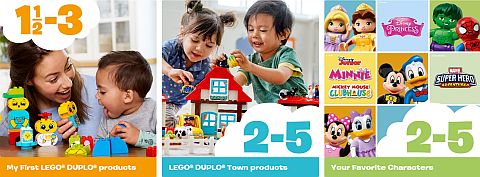
LEGO provides building blocks for the whole family from toddlers to adults. We have LEGO Technic bricks, which enable feats of engineering. LEGO System bricks (your regular LEGO) that can be used from simple builds to massive artistic creations. LEGO Juniors sets (now called LEGO 4+) for younger kids with easy building instructions, and DUPLO for children ages 1.5-5 years old. DUPLO bricks are larger, simpler, and easier to manipulate than regular LEGO elements. The colors are bright and friendly, ready to stimulate a very young child’s mind to grow and develop.
However, just because DUPLO bricks are meant for little kids, it doesn’t mean we can’t build cool stuff with them. The magic of LEGO is that with enough creativity and the right bricks (or the right number of bricks) we can build anything. Even very grown-up things, like for example the Millennium Falcon from the Star Wars films…
➡ LEGO DUPLO SPACESHIPS & MORE
In the player below, I have included three videos. The first one features the Millennium Falcon – well, at least as close a replica of the real thing as possible with just DUPLO bricks. The second video features a DUPLO spaceship. And the third one a DUPLO helicopter Because the DUPLO parts selection is not as extensive as in LEGO System or LEGO Technic, the builders had to improvise quite a bit using some clever building techniques and interesting pieces.
➡ LEGO DUPLO STAR WARS CREATIONS
LEGO fan Garrett Yoshimura is working on a whole series of Star Wars vehicles made from his daughter’s DUPLO bricks. His current creations include a TIE-Fighter, Boba Fett’s Slave I, an AT-AT, and another version of the Millennium Falcon. Maybe this is a good way to introduce your toddler to the franchise? In any case, these colorful creations are cutesy with a number of great improvisations and bright colors, of course. You can see more pictures at Garrett’s flickr gallery.
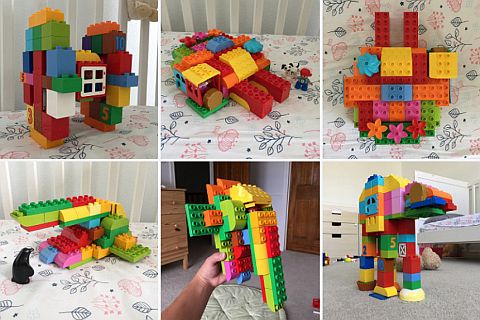
➡ LEGO DUPLO CASTLES & FORTS
Not everything has to be spaceships and science fiction! Building castles from DUPLO pieces is another favorite pastime, and they are much easier to build. LEGO actually had a whole DUPLO Castle theme from 2004 to 2008, with massive castles in dark colors, however these were eventually discontinued as parents found them too dark and scary for toddlers. Still, you can build nice castles with bright colored bricks, like in the video below.
And for examples of what could be done with the now retired DUPLO Castle pieces, check out the examples below by LEGO fans marsupilami and lego_tohst (click on their names for more pictures).
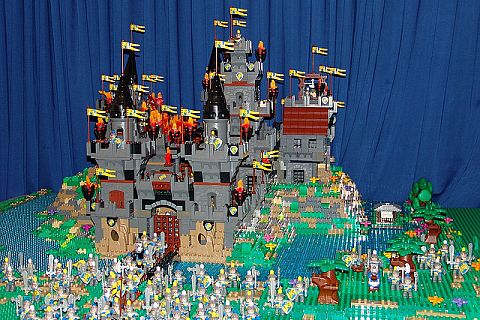
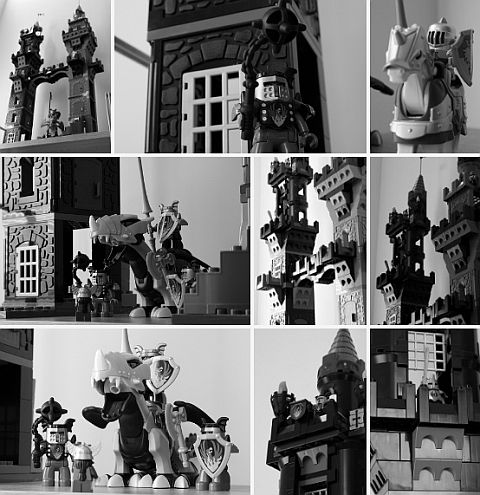
➡ LEGO DUPLO BRICKFILMS
LEGO movies are awesome. The Lego Movie is enough to demonstrate that they can go to the highest heights, but it’s in the LEGO fan community we find the most interesting (if simpler) films. While most brickfilms use standard LEGO pieces and minifigures, you can still find examples of fun DUPLO animations, like in the video below. The obviously childlike style brings another level of sweetness and innocence to the film.
➡ LEGO DUPLO FOR BUILDING UP HEIGHT & BULK
Adult LEGO fans mostly use DUPLO bricks as building materials to quickly and cheaply add height and bulk to their LEGO creations. This method is especially used in large dioramas to build elevated terrains and platforms that are then covered with regular LEGO elements (LEGO System bricks and DUPLO bricks are compatible and can stick to each other). However, the same method can be also used in smaller LEGO models, as demonstrated by LEGO fan Lab Synth in his creation titled Nuplar Lagoon (see more pictures by clicking on the link). Lab Synth shares: “I decided to try and build something more focused on landscaping. The first idea was to build a hill without using too many pieces. After a bit of thinking, I grabbed my daughter’s DUPLO and began building the main bulk. Covering the DUPLO bricks with layer upon layer of LEGO brick was only a matter of patience. I then built the main outpost building. It was fun having to build something stable and symmetrical on an uneven and sloped ground. The lagoon water actually came later in the build. The tree and cascade came last, together with minifigs taking life in this wacky environment.”
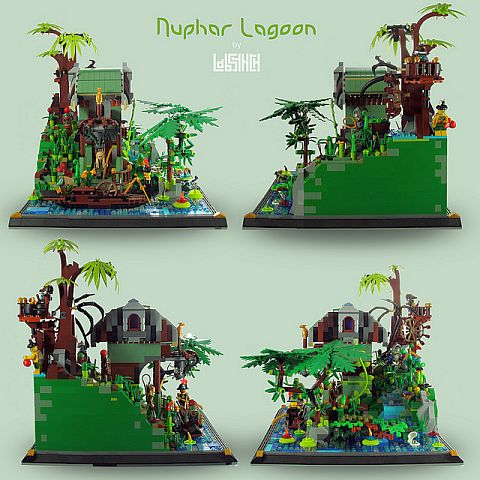
➡ USING LEGO DUPLO PARTS IN CREATIVE WAYS
Although DUPLO has simpler, mostly blocky pieces, there are some interesting shapes as well. Creative LEGO fans sometimes use these in their regular LEGO creations to add unique features. This is beautifully demonstrated in one of the LEGO Iron Builder competition rounds between LEGO fans Jonas Kramm and Eero Okkonen. They had to use the green DUPLO grass element in their creations. This is a large piece with an interesting jagged edge, and both builders came up with some very clever ideas. Below, I have included some of them, and you can see the rest at the LEGO Iron Builder 5.0 competition page.
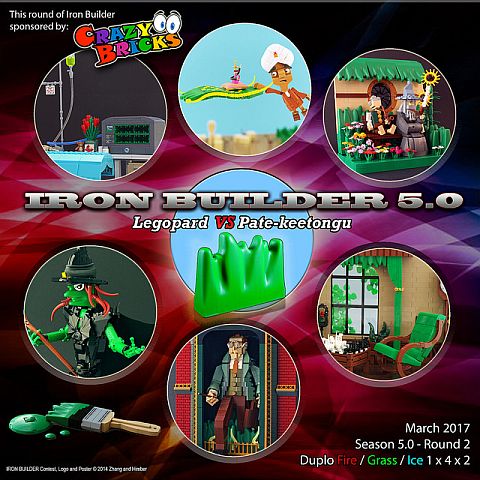
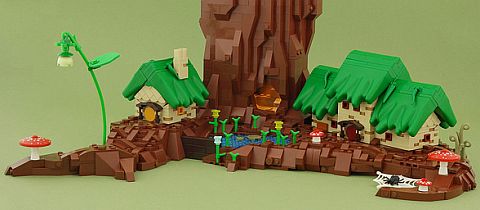
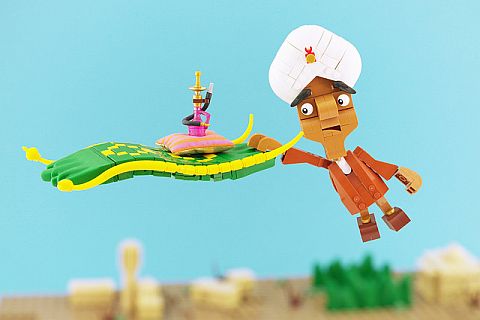
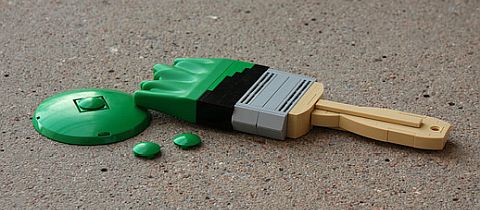
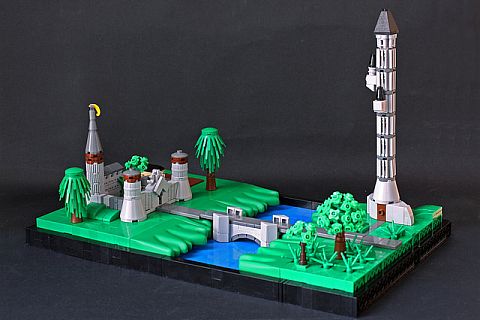
The ideas mentioned here are just some of the possibilities with DUPLO bricks. There is much more, as the sky is the limit when it comes to working with any LEGO building system. There are many options and ideas out there, so explore the possibilities! For the current selection of DUPL:O sets, visit the LEGO DUPLO section of the Online LEGO Shop.

What do you think? How do you like the DUPLO creations mentioned here? Do you build with DUPLO yourself, or use some of the parts in your regular LEGO projects? Feel free to share your thoughts and discuss in the comment section below! 😉
And you might also like to check out the following related posts:


